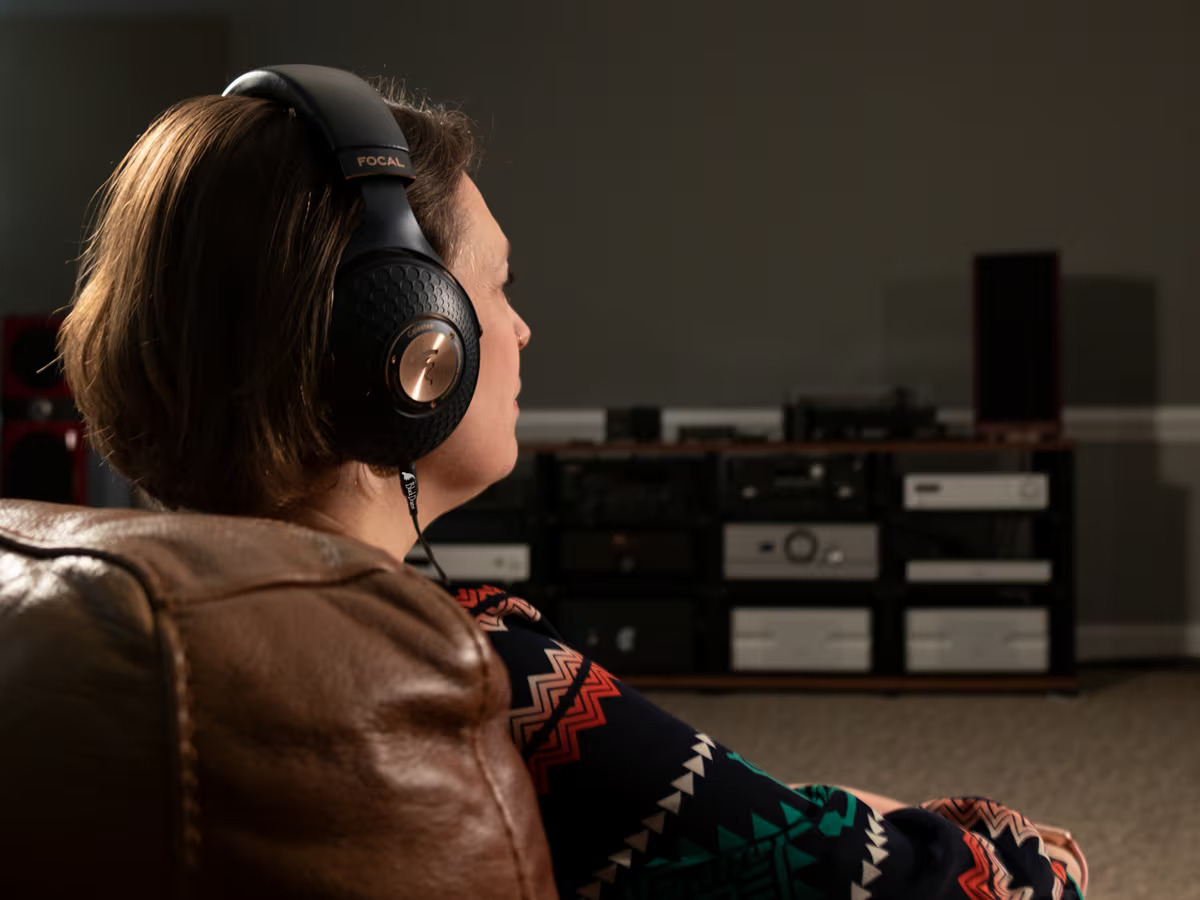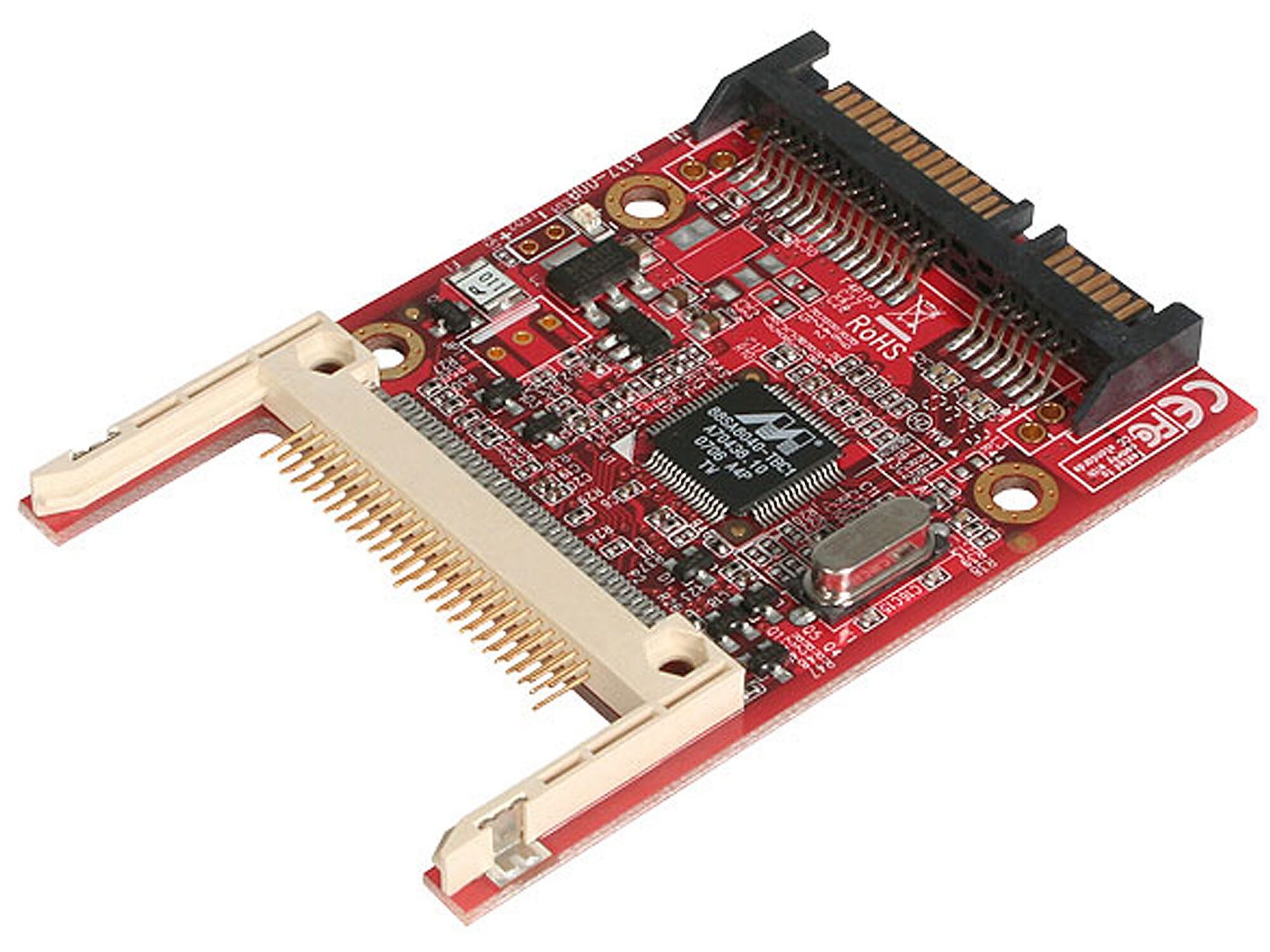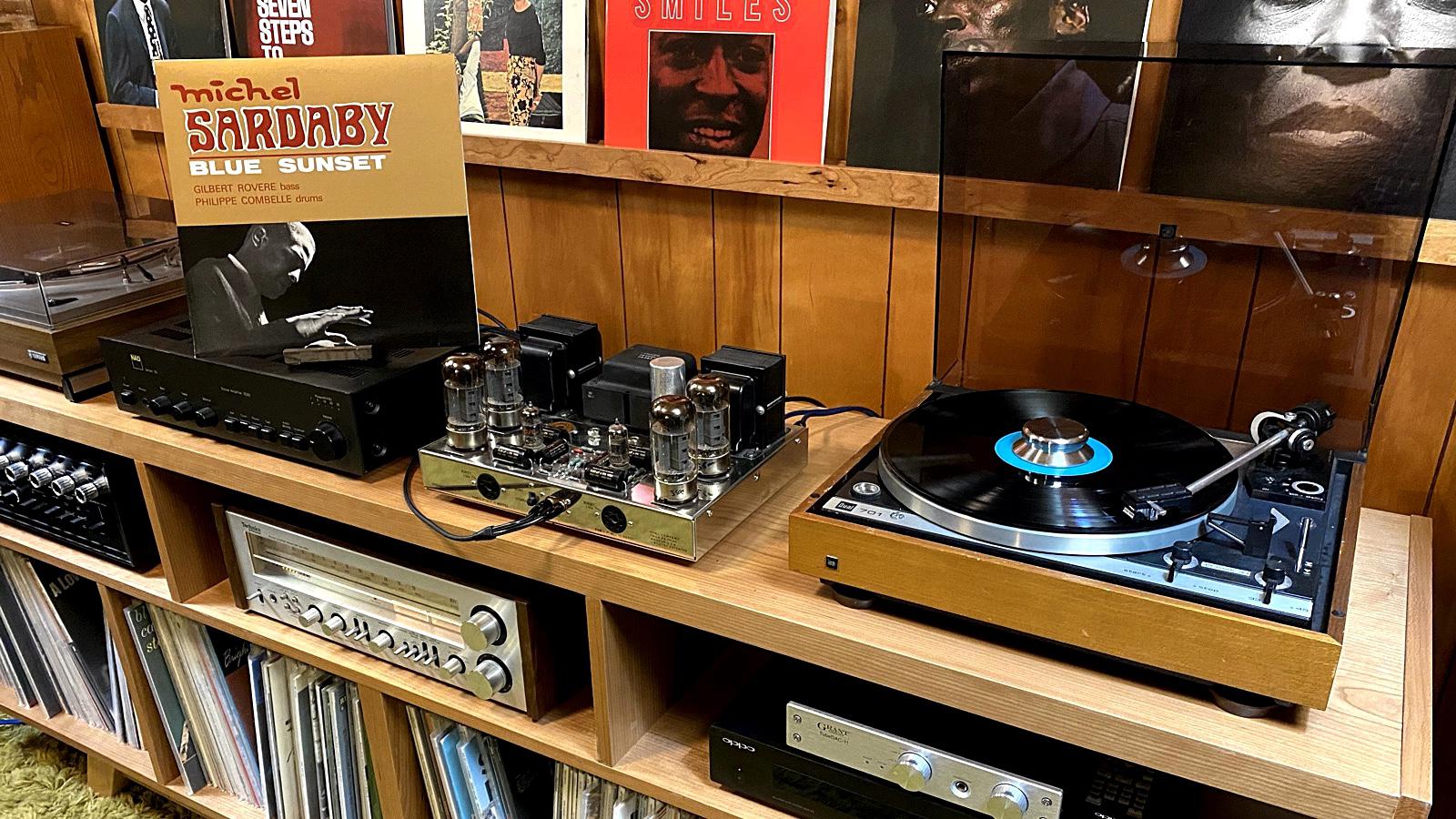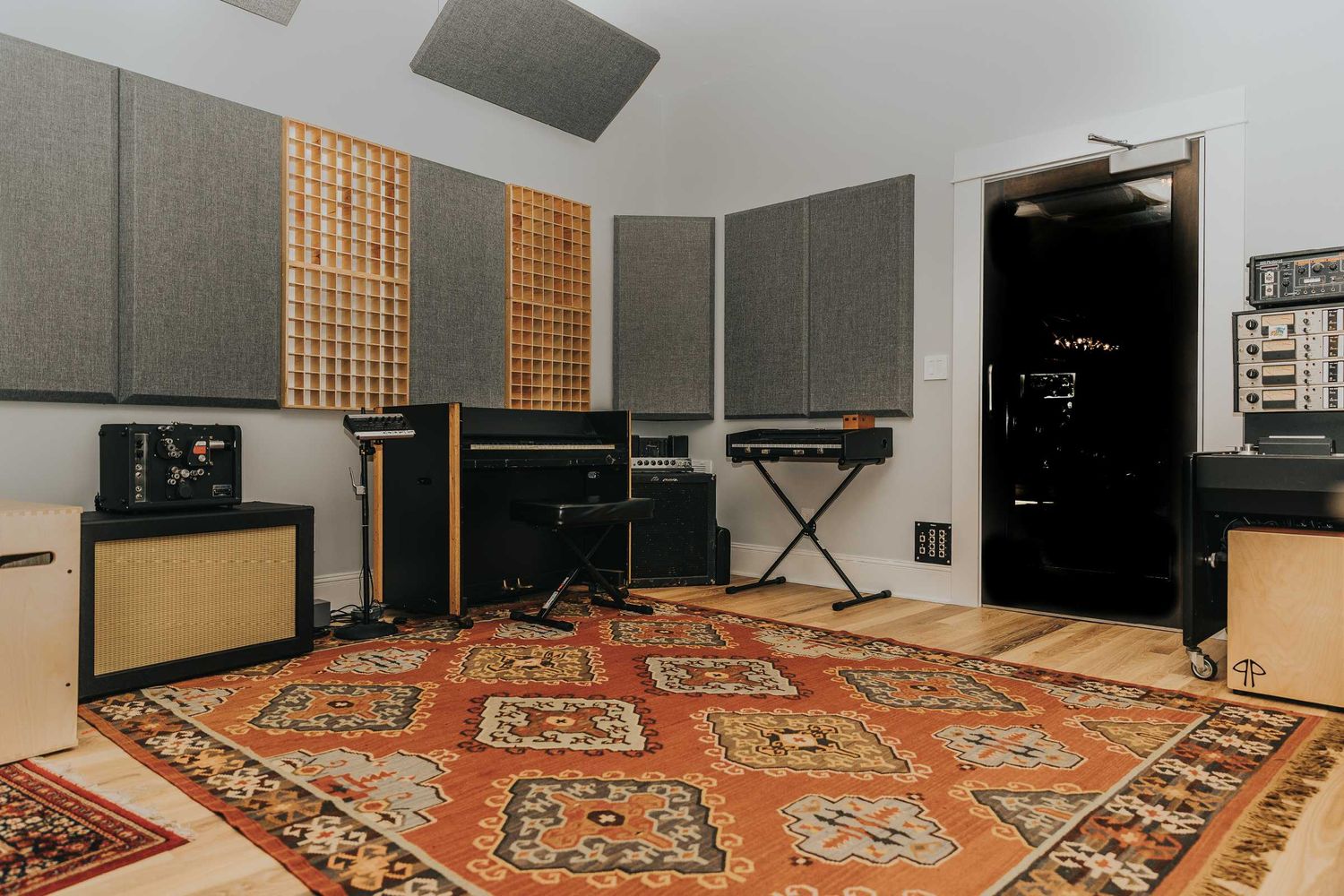Home>Production & Technology>Audiophile>What Are The Best Dimensions For An Audiophile Listening Room
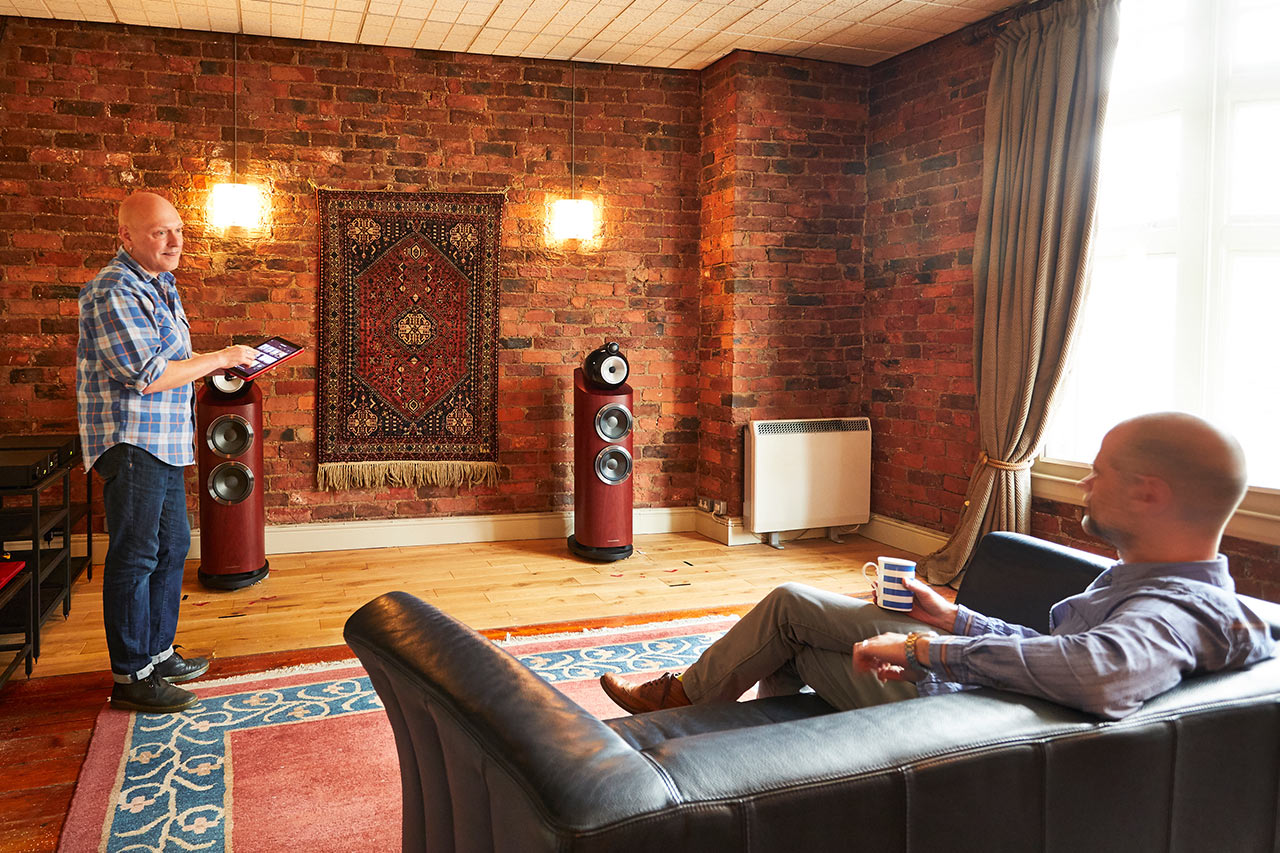

Audiophile
What Are The Best Dimensions For An Audiophile Listening Room
Modified: February 18, 2024
Optimize your audiophile listening experience with the best dimensions for your listening room. Discover the perfect setup for immersive sound quality and precision.
(Many of the links in this article redirect to a specific reviewed product. Your purchase of these products through affiliate links helps to generate commission for AudioLover.com, at no extra cost. Learn more)
Table of Contents
Introduction
Welcome to the world of audiophilia, where the pursuit of high-fidelity audio reproduction is a passion shared by many. Audiophiles strive to create the perfect listening environment, where every detail of their favorite music can be heard and appreciated with utmost clarity and precision.
While the choice of speakers, amplifiers, and source components is crucial in achieving optimal sound quality, one aspect that is often overlooked is the dimensions of the listening room. The room itself plays a vital role in the overall listening experience, as it can either enhance or hinder the sound coming from the audio system.
In this article, we will delve into the importance of room dimensions for audiophile listening and explore various factors that need to be considered when setting up the perfect listening environment. We will also discuss ideal room dimensions for different room shapes, as well as the importance of room treatment and acoustics in creating an immersive listening experience.
So, if you’re ready to take your audiophile journey to the next level and unlock the true potential of your audio system, let’s dive in and explore the world of room dimensions for audiophile listening.
Importance of Room Dimensions for Audiophile Listening
The dimensions of a room play a crucial role in how sound waves propagate within it. Different room dimensions can significantly impact the way audio is perceived, including factors such as the frequency response, soundstage, imaging, and overall tonal balance. Understanding the importance of room dimensions is key to creating an optimal listening environment for audiophile enjoyment.
One aspect that is heavily influenced by room dimensions is the bass response. Low-frequency sound waves are more prone to interference and standing waves, which can result in uneven bass response and muddiness if not properly addressed. The dimensions of the room directly affect the frequencies at which these standing waves occur, and thus can either amplify or nullify certain frequencies. By choosing the right room dimensions, audiophiles can minimize standing wave issues and achieve a smoother, more accurate bass reproduction.
Room dimensions also impact the soundstage and imaging capabilities of a listening environment. Soundstage refers to the spatial representation of the audio, while imaging refers to the ability to localize instruments and voices within that soundstage. The width, depth, and height of the room can greatly influence the perceived size and accuracy of the soundstage. A properly designed room with appropriate dimensions can provide a wide and immersive soundstage, allowing listeners to experience music as if they were sitting in the front row of a live performance.
Tonal balance is another critical aspect affected by room dimensions. The dimensions of the room, particularly the height and width, can influence the distribution of sound energy across different frequencies. If certain frequencies are emphasized or attenuated due to room dimensions, it can result in an imbalanced and inaccurate tonal character. Audiophiles must strive to achieve a neutral and balanced listening environment by carefully considering the room dimensions.
Overall, the room dimensions directly impact the way sound waves interact with each other and with the listener, ultimately determining the quality and accuracy of the audio reproduction. By understanding the importance of room dimensions, audiophiles can make informed decisions when designing their listening spaces, ensuring that the full potential of their audio systems is realized.
Factors to Consider
When determining the ideal room dimensions for audiophile listening, there are several factors that need to be taken into consideration. These factors will help guide the decision-making process and ensure that the listening environment is optimized for the best possible audio experience.
One of the primary factors to consider is the intended use of the listening room. Will it be solely dedicated to music listening or will it serve multiple purposes, such as a home theater or a multi-purpose media room? The intended use will dictate the ideal room dimensions and any additional considerations that need to be taken into account.
The size of the room is also a crucial factor to consider. Generally, larger rooms tend to provide a more spacious soundstage and better bass response, while smaller rooms can result in a more intimate listening experience. However, it is important to strike a balance between room size and the available space in your home. A room that is too large or too small may present challenges in achieving optimal sound quality.
Another factor to consider is the shape of the room. Rectangular rooms are generally considered ideal for audiophile listening due to their symmetrical characteristics, which help minimize room modes and standing wave issues. However, not all rooms are rectangular, and it’s important to consider the dimensions and shape of the available space when designing a listening room. Non-rectangular rooms can be optimized by employing various room treatment techniques to mitigate any acoustic challenges.
Room proportions also play a role in achieving optimal sound quality. The golden ratio, which is approximately 1:1.6, is often used as a guideline for room proportions. This ratio is believed to provide a balanced distribution of sound energy across the listening area. However, it is important to note that the golden ratio is not a strict rule, and deviations from it can still yield excellent results with the right acoustical treatment.
Lastly, the inclusion of room treatment and acoustical enhancements should be considered. Proper room treatments, such as diffusers, absorbers, and bass traps, can help address any acoustic issues and further optimize the listening environment. It is essential to strike a balance between room treatment and the natural characteristics of the room to ensure a pleasing sonic experience.
By considering these factors, audiophiles can make informed decisions when it comes to selecting the ideal room dimensions for their listening environments. Taking into account the purpose, size, shape, proportions, and room treatments, audiophiles can create a space that delivers the best possible audio quality and an immersive listening experience.
Ideal Room Dimensions for Audiophile Listening
When it comes to determining the ideal room dimensions for audiophile listening, there are some general guidelines that can help create an optimal listening environment. While these guidelines are not set in stone, they provide a starting point for designing a space that minimizes acoustic issues and maximizes sound quality.
For rectangular rooms, one common guideline is to aim for a length-to-width ratio of approximately 1.6:1 or 1.618:1, which is close to the golden ratio mentioned earlier. This ratio is believed to provide a balanced distribution of sound energy and minimize the occurrence of standing waves. For example, if the width of the room is 10 feet, the length should ideally be around 16 feet or 16.18 feet.
In terms of room height, a ceiling height of around 8-12 feet is generally recommended. Higher ceilings can help create a more spacious and open soundstage, while lower ceilings may result in a more intimate listening experience.
In square rooms, a side length of around 12-16 feet is often considered optimal. However, it is important to note that square rooms can present challenges due to the symmetrical nature that can result in standing wave issues. Implementing proper room treatment and acoustic enhancements becomes even more critical in square rooms to mitigate these challenges.
Non-rectangular rooms require a slightly different approach. In these cases, it is important to focus on creating balanced proportions and avoiding sharp angles or irregular shapes that can cause sound reflections and standing wave issues. The assistance of an acoustician or audio engineer can be beneficial in optimizing non-rectangular room dimensions for audiophile listening.
Keep in mind that these guidelines are not rigid rules, but rather starting points based on general observations and principles of acoustics. Each room is unique, and it may be necessary to experiment with different dimensions and room treatments to achieve the desired sound quality and listening experience.
Additionally, it is important to consider the overall aesthetics and functionality of the listening room. The ideal room dimensions should complement the existing space in your home and provide comfort for extended listening sessions. It’s crucial to strike a balance between acoustic considerations and practicality to create a space that meets both sonic and visual requirements.
In the end, designing the ideal room dimensions for audiophile listening is a combination of science and creativity. By considering the guidelines mentioned above, seeking professional advice when needed, and being willing to experiment, you can create a listening environment that brings your favorite music to life and provides unparalleled enjoyment for your audiophile journey.
Rectangular Room Recommendations
Rectangular rooms are often considered ideal for audiophile listening due to their symmetrical characteristics, which help minimize acoustic issues and facilitate optimal sound reproduction. Here are some recommendations for designing a listening room in a rectangular space:
- Length-to-Width Ratio: Aim for a length-to-width ratio of approximately 1.6:1 or 1.618:1, which is close to the golden ratio and is believed to provide a balanced distribution of sound energy. For example, if the width of the room is 10 feet, the length should ideally be around 16 feet or 16.18 feet.
- Speaker and Listening Placement: Place your speakers along the shorter wall of the room, positioned equidistant from the side walls. The listening position should be around one-third of the length from the front wall, ensuring a good balance between direct and reflected sound.
- Acoustic Treatments: Incorporate acoustic treatments such as bass traps, diffusers, and absorbers to address any room modes and standing wave issues. These treatments can help create a more balanced frequency response and improve overall sound quality.
- Room Proportions: Consider using the golden ratio as a guideline for room proportions. However, it’s important to note that deviations from this ratio can still yield excellent results with proper acoustic treatment.
- Furniture and Room Layout: Pay attention to the placement of furniture and room layout, ensuring that they do not obstruct sound waves or create unwanted reflections. Experiment with different furniture arrangements and listening positions to find the optimal configuration.
- Reflection Points: Identify and treat reflection points, which are areas where sound waves bounce off surfaces and cause unwanted coloration and smearing. Placing diffusers or absorbers at these points can help improve clarity and imaging.
By following these recommendations, you can make the most out of your rectangular room and create an optimal listening environment for audiophile enjoyment. Remember, room dimensions are just one aspect of achieving great sound. Proper speaker placement, room treatment, and attention to detail are equally important in creating a truly immersive audio experience.
Square Room Recommendations
Designing a listening room in a square space can present unique challenges due to the symmetrical nature of the room, which can lead to standing wave issues and uneven sound reproduction. However, with careful planning and appropriate room treatments, you can optimize a square room for audiophile listening. Here are some recommendations:
- Room Size: Aim for a side length of around 12-16 feet. This size provides a good balance between spaciousness and intimacy, while minimizing the impact of symmetrical reflections.
- Room Treatment: Implement proper room treatments to mitigate standing wave issues. Bass traps should be placed in the corners of the room, while diffusers and absorbers can be strategically positioned on the walls to reduce excessive reflections and improve sound clarity.
- Speaker Placement: Place your speakers along one of the walls, allowing for adequate space between the speakers and the side walls to minimize boundary effects. Experiment with different placements and toe-in angles to find the optimal sweet spot for imaging and soundstage.
- Listener Position: Position the listening area away from the center of the square room to reduce the impact of symmetrical reflections. This helps create a more spacious and balanced soundstage.
- Room Proportions: While square rooms do not naturally adhere to traditional room proportions, you can still incorporate the golden ratio concept by dividing the square into rectangular sections using interior walls or furniture placement.
- Room Dividers: Consider using room dividers or bookshelves to break up the symmetry of the room and create a more diffusive environment for sound waves.
It is important to note that square rooms may still present challenges due to their inherent symmetry. To address these challenges, professional assistance from an acoustician or audio engineer can be beneficial in optimizing room dimensions and designing appropriate room treatments to achieve the best possible sound quality.
By considering these recommendations and incorporating room treatments, it is possible to overcome the challenges of a square room and create a listening environment that delivers a balanced and immersive audio experience. Experimentation and fine-tuning may also be necessary to achieve the desired sonic results. With patience and attention to detail, you can transform your square room into a haven for audiophile listening enjoyment.
Non-Rectangular Room Recommendations
Designing a listening room in a non-rectangular space can present some unique challenges due to the irregular shape and potential for acoustic issues. However, with careful planning and the use of appropriate room treatments, you can optimize a non-rectangular room for audiophile listening. Here are some recommendations to consider:
- Room Shape: Assess the shape of the room and identify any irregularities or sharp angles that may cause sound reflections or standing wave issues. Consider using room dividers or furniture placement to break up these reflections and create a more diffusive environment.
- Speaker Placement: Experiment with different speaker placements to find the position that offers the best sound projection and imaging. It may be necessary to adapt the traditional guidelines for speaker placement to accommodate the room’s shape.
- Listening Position: Position the listening area away from any sharp angles or irregularities in the room. This can help minimize the impact of sound reflections and create a more balanced soundstage.
- Room Treatment: Implement room treatments such as bass traps, diffusers, and absorbers to address any acoustic issues caused by the room’s shape. Identify reflection points and treat them with appropriate acoustic panels to improve sound clarity and imaging.
- Acoustic Panel Placement: Depending on the specific shape of the room, acoustic panels may need to be strategically placed on non-parallel walls or irregular surfaces to optimize sound diffusion and absorption.
- Professional Assistance: Non-rectangular rooms can present unique challenges that may benefit from the expertise of an acoustician or audio engineer. Seeking professional advice can help ensure that the room dimensions and treatments are optimized for the best possible sound quality.
It is important to embrace the unique characteristics of a non-rectangular room and work with its strengths and limitations. With creative problem-solving and the right approach to room treatment, you can transform a non-rectangular space into a rewarding listening environment.
Remember that experimentation and fine-tuning may be necessary in order to achieve the desired sound quality. Be open to trying different configurations and making adjustments as needed. With patience and attention to detail, you can overcome the challenges of a non-rectangular room and create a listening space that delivers a truly immersive audiophile experience.
Room Treatment and Acoustics
Room treatment and acoustics play a critical role in creating an optimal listening environment for audiophile enjoyment. Properly addressing room acoustics can significantly enhance the overall sound quality, improve imaging, and create a more immersive listening experience. Here are some key considerations when it comes to room treatment and acoustics:
- Bass Traps: Bass traps are essential for addressing low-frequency standing waves and resonances in the room. These traps are typically placed in corners where bass energy tends to accumulate. They help absorb and control low-frequency reflections, resulting in a tighter and more controlled bass response.
- Diffusers: Diffusers are used to scatter sound waves evenly across the listening space. They help reduce the impact of strong reflections and standing waves, resulting in a more spacious and natural soundstage. Diffusers are typically placed on the back wall or along the sides of the room to help create a balanced sound dispersion.
- Absorbers: Absorbers are used to reduce excessive reverberation and control mid to high-frequency reflections. They are typically placed on the side walls, ceiling, and possibly the front wall to dampen reflections and improve clarity in the mid-range frequencies.
- Reflection Points: Identifying and treating reflection points is crucial in achieving accurate sound reproduction. Reflection points are areas where sound waves bounce off surfaces and can cause comb filtering and other detrimental effects. Placing absorbers or diffusers at these points helps minimize unwanted coloration and improve imaging.
- First Reflections: First reflection points are the areas where sound waves directly reach the listener after bouncing off the walls, ceiling, or floor. Treating these points with absorbers or diffusers can prevent the creation of strong early reflections, resulting in a more balanced and accurate soundstage.
- Room Layout: Consider the arrangement of furniture and equipment in the listening room. Avoid obstructing sound waves and creating additional reflections. Experiment with different layouts to find the optimal configuration that minimizes unwanted acoustic interference.
- Room Dimensions: As discussed in previous sections, the dimensions of the room can greatly impact its acoustics. Aim for balanced proportions and consider the guidelines mentioned for rectangular, square, or non-rectangular rooms. By choosing the right room dimensions, you can minimize acoustic issues and create a more favorable listening environment.
Acoustic treatment should be approached holistically and tailored to the specific characteristics of your listening room. It is important to strike a balance between absorption and diffusion to achieve a natural and immersive sound experience. Experimentation and fine-tuning may be necessary to achieve the desired results, and seeking professional advice from acousticians or audio engineers can be beneficial.
Remember, the goal of room treatment and acoustics is to create a neutral and accurate listening environment that allows your audio system to perform at its best. With careful attention to room treatment and acoustics, you can transform your listening room into a space that brings out the true potential of your music and delivers an extraordinary audiophile experience.
Conclusion
The dimensions of a room are an often-overlooked aspect of creating the perfect listening environment for audiophile enjoyment. From rectangular to square to non-rectangular rooms, each shape brings its own challenges and considerations. By carefully considering the factors discussed in this article, such as room dimensions, speaker placement, and room treatment, audiophiles can optimize their listening spaces and unlock the true potential of their audio systems.
Rectangular rooms offer the advantage of symmetry, presenting an ideal starting point for acoustic optimization. Square rooms require careful attention to mitigate standing wave issues, while non-rectangular rooms demand creativity and tailored solutions to address their unique acoustic challenges.
Regardless of the room shape, room treatment and acoustics play a crucial role in achieving optimal sound reproduction. Bass traps, diffusers, and absorbers help control room modes, reduce reflections, and improve overall sound quality. By strategically placing these treatments in reflection points and first reflection areas, audiophiles can achieve a more accurate and immersive listening experience.
It is important to note that while guidelines exist, there is no one-size-fits-all solution when it comes to room dimensions and treatment. Every listening space is unique, and experimentation coupled with professional advice can help fine-tune the room for exceptional sound reproduction.
In closing, by paying attention to room dimensions, taking into account factors such as room shape, speaker placement, and room treatment, audiophiles can create a space that enhances the listening experience, allowing every detail of their favorite music to be heard with clarity and precision. So invest the time and effort into optimizing your listening room, and get ready to embark on a journey of audiophile bliss like never before.

